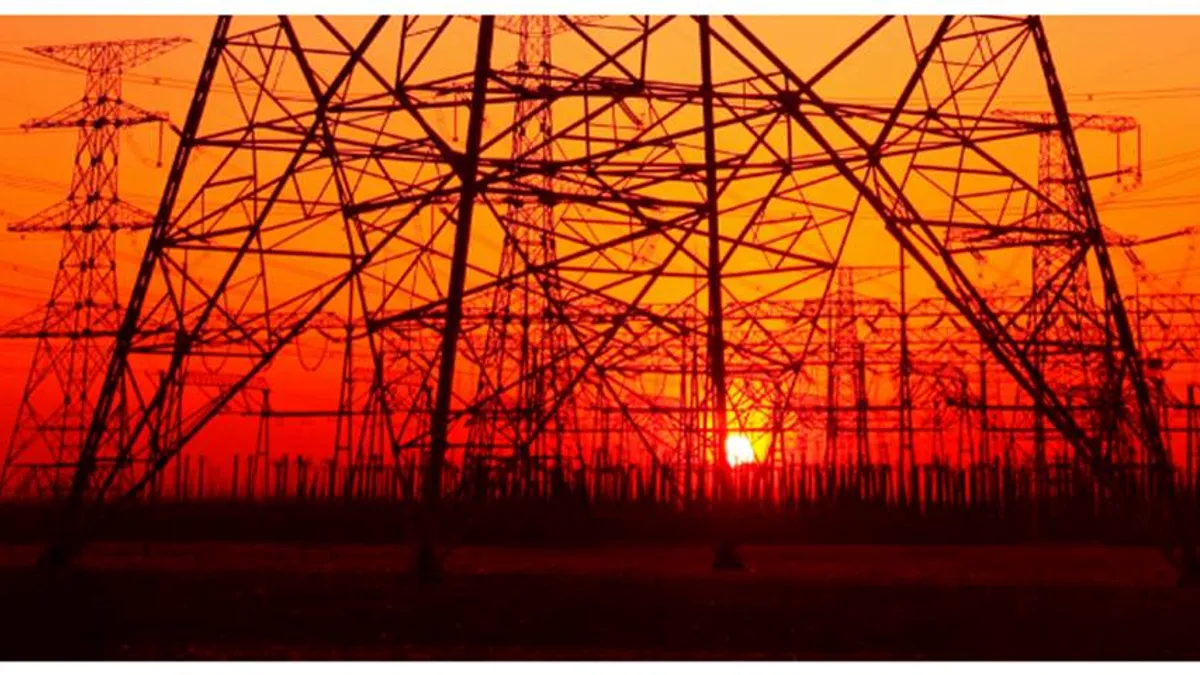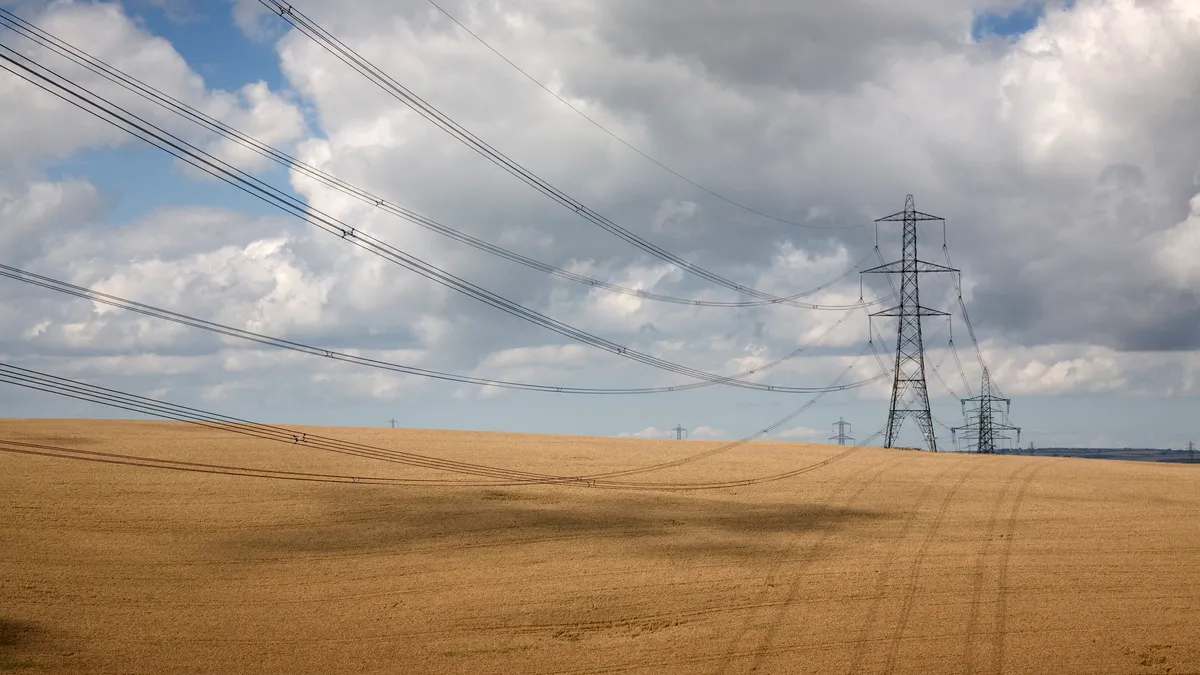The following is a contributed article by John Sarter, Program Director for North Bay Community Resilience Initiative, Clean Coalition.
Before California's largest utility, Pacific Gas and Electric (PG&E), announced it would file for bankruptcy, a bill was proposed in the state legislature that would exempt the utility from any liability for last year's tragic fires. Apparently, the bailout the utility received for the 2017 firestorms did not apply to 2018, so PG&E was facing a new set of legal challenges.
However, the proposed bill doesn't solve the underlying problem of our outdated energy system. We need a bill that mandates a true solution — benefiting the utility, California ratepayers and residents who are at risk of future catastrophic fires.
If PG&E were proactively making concerted efforts to rebuild in more resilient ways, the proposed bill might make sense. But instead, the utility continues to rebuild the same infrastructure that is creating these disasters in the first place — bringing to mind the old definition of insanity: doing the same thing over and over again and expecting different results.
It's astounding that one of the first things PG&E did in the aftermath of the Tubbs Fire in Santa Rosa was to replace natural gas lines in the area. In addition to being an outdated, polluting energy source, natural gas also has other serious drawbacks.
In videos from the recent Camp Fire in California, you can see broken gas lines spewing flames like flame throwers, literally adding fuel to the fire. Moreover, damaged gas lines take 10 times longer to replace than electric lines, making them far less resilient than the electric grid.
A new opportunity
We need to move beyond this outdated system. PG&E's bankruptcy provides an opportunity for new legislation that would shift our energy system to one that doesn't rely on remote power generation requiring thousands of miles of expensive, inefficient and dangerous transmission lines.
Given the wildfire and power outage risks associated with these transmission lines, and the many benefits of a more modern, distributed energy system, PG&E's bankruptcy could lead to a positive outcome if it ushers in some necessary improvements to our outdated electricity system.
One positive outcome, which could be mandated by a new bill, would be a change in the utilities' business model. This could be achieved by having the utilities sell their transmission assets.
Currently, utilities profit from building more transmission lines, which cost California ratepayers billions and make our energy system more vulnerable. Selling these assets would remove the conflict of interest the utilities currently have between transmission and distribution grid investments, shifting their focus to distribution investments — which includes local distributed energy resources (DER) like solar energy and energy storage.
We can no longer proceed with business as usual. A system focused on local energy generation provides a far better way to rebuild fire-devastated areas — and to help prevent future fires and grid outages.
An important building block of this new system would be renewables-driven community microgrids, which avoid the risks of our current system and provide communities an unparalleled trifecta of economic, environmental and resilience benefits:
- Community microgrids provide resilience by establishing smaller distributed energy systems that can operate in standalone "islanded" mode when the larger grid fails or needs to be de-energized due to high fire danger. They can also provide indefinite renewables-driven backup power to critical facilities, long after the liquid fuel needed to power diesel generators has run dry.
- Community microgrids deliver economic stimulation by attracting private investment, creating local jobs and keeping energy dollars close to home. They also secure predictable and affordable energy prices by protecting against volatile fossil fuel costs and the rapidly rising costs of transmission lines that are needed to get remotely generated energy to where it is actually needed — the places where people live and work.
- Community microgrids help provide a clean and healthy environment by reducing the use of fossil fuels — dramatically lowering greenhouse gas emissions, moving California toward its goal of zero emissions by 2045, and powerfully addressing the most significant threat of our time — climate change.
Microgrid initiatives
Community microgrids are already being developed in California and around the country. The Clean Coalition, a California nonprofit, is working to stage Community microgrids and help build back right in some of the state's fire-devastated areas.
In the highly transmission-vulnerable Goleta Load Pocket region, the Montecito Community Microgrid Initiative is providing a unique opportunity to ensure indefinite renewables-driven backup power for critical emergency response and recovery facilities. The North Bay Community Resilience Initiative is working to help residents build back in a more sustainable and resilient way — with all-electric, energy-efficient homes; model structures; and community microgrids.
These initiatives will provide scalable blueprints that can be replicated anywhere throughout the country and beyond.
If we are to give PG&E and other investor-owned utilities a "pass" on the liability for the damage and danger created by their old, vulnerable energy paradigm, then we should demand that our policymakers not accept business as usual from these utilities.
We should instead ensure that the utilities are mandated to evolve toward a safer, cleaner, distributed energy future. This must include a change in the utility business model and a shift in focus from remote to local energy generation.
Using community microgrids as a leading technology in this system, we can achieve the goals and overcome the challenges of our communities — as well as address, and even begin to reverse, climate change. As another old saying goes, "Either lead, follow or get out of the way."





















